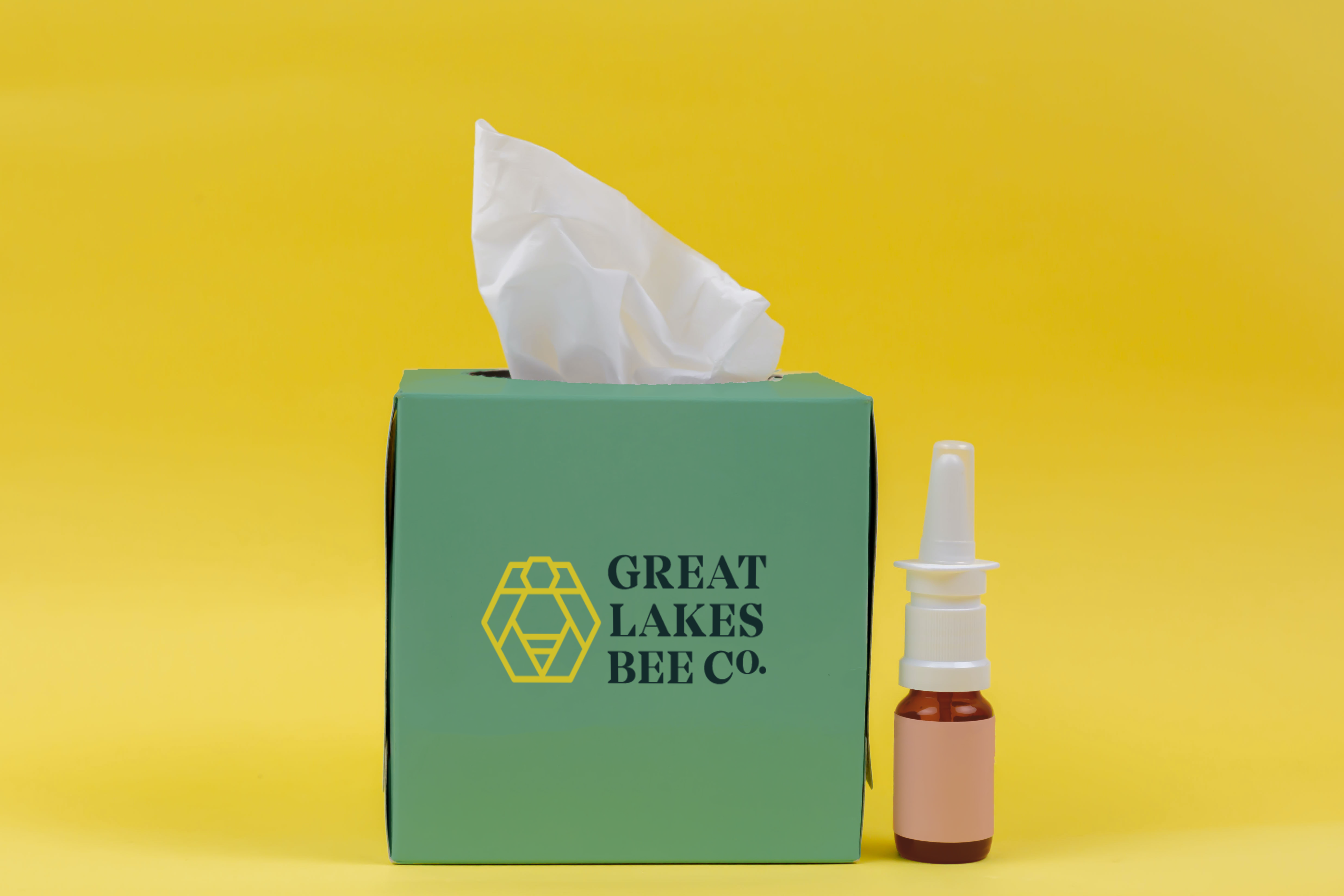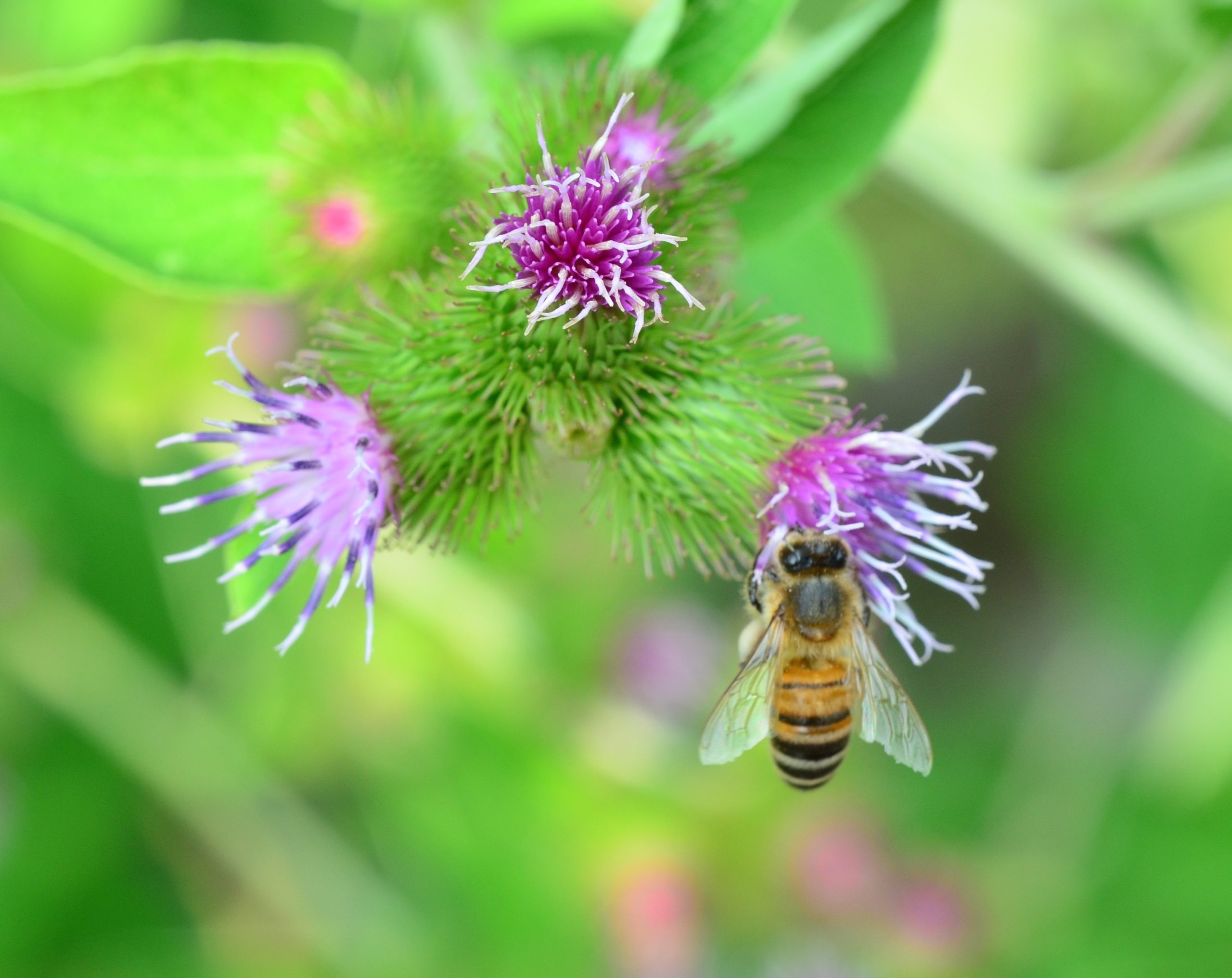
It’s springtime, which means it’s also allergy season. Cue long months full of incessant sneezing, running out of tissue boxes, and a non-stop itchy nose. For some people, their allergies get worse every year and medication doesn’t always cure-all. Looking to add a homeopathic method to your allergy treatment regimen and help “stop the snot”, so to say, caused by mild allergies? This is where honey comes in- yes, honey. According to some, raw honey can be used to alleviate allergy symptoms.


